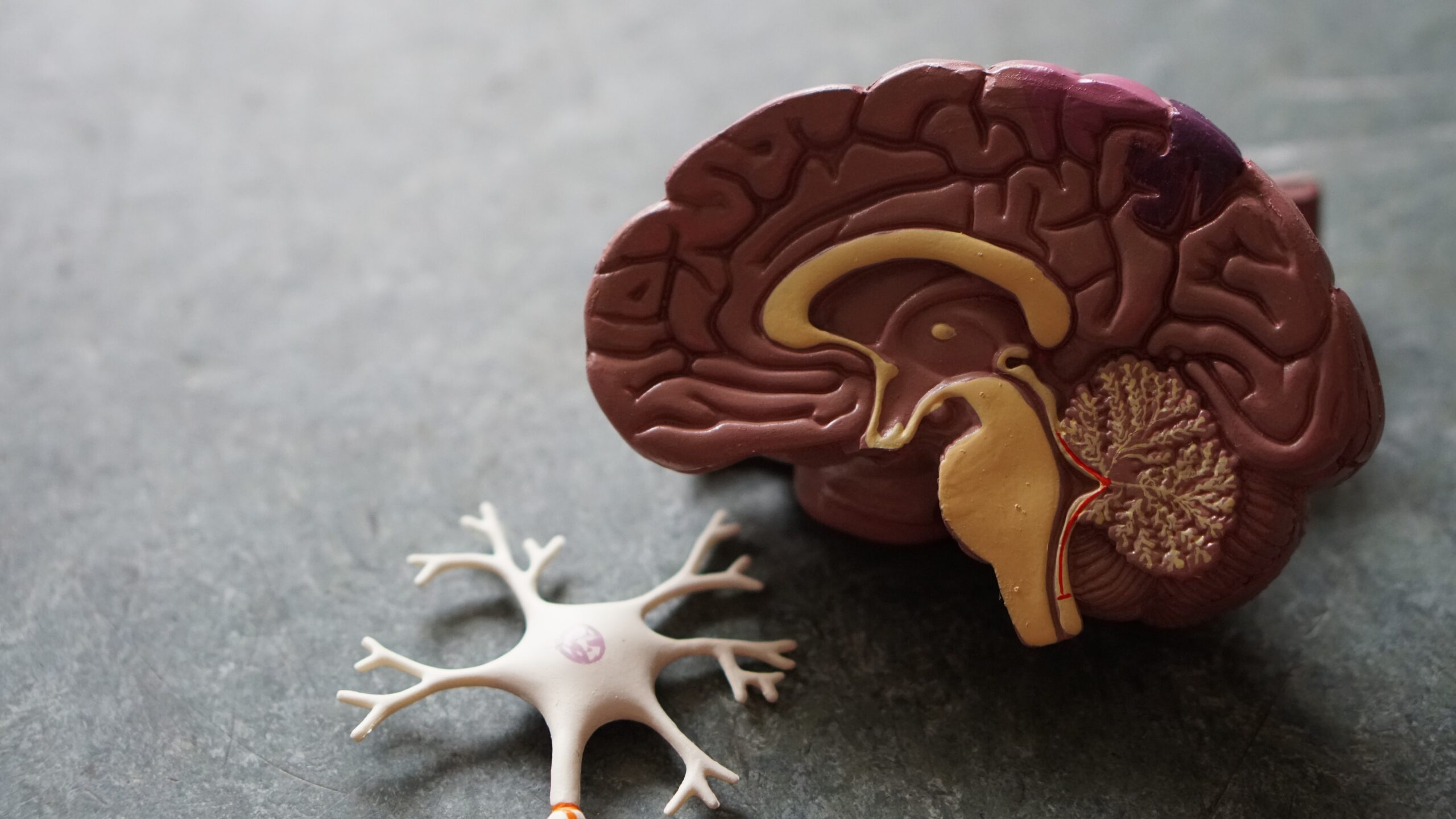The central nervous system (CNS) is a marvel of biological engineering, serving as the command center of the human body. Comprising the brain and spinal cord, it plays a pivotal role in regulating bodily functions, processing sensory information, and coordinating movement. This article delves into the intricate details of the CNS, including its components, communication mechanisms, and the profound impact of spinal alignment on overall health.
The Central Nervous System: An Intricate Network
The central nervous system consists of two primary components: the brain and the spinal cord. The brain, encased within the skull, is composed of billions of neurons that facilitate complex cognitive functions, emotions, and voluntary movements. The spinal cord, on the other hand, is a slender, elongated structure protected by the vertebrae of the spine. It acts as a conduit, transmitting signals between the brain and peripheral nerves.
Communication Within the CNS
Communication within the CNS relies on the transmission of electrical impulses through specialized cells called neurons. Neurons are interconnected in a vast network, forming complex pathways that allow for the rapid relay of information. This network extends throughout the body, allowing the CNS to monitor and regulate various bodily functions, including breathing, heart rate, and muscle coordination.
The Peripheral Nervous System: Extending the Network
The peripheral nervous system (PNS) complements the central nervous system, extending its reach to every corner of the body. It comprises a network of nerves that connect the CNS to the limbs, organs, and sensory receptors. The PNS can be further divided into the somatic nervous system, responsible for voluntary movements, and the autonomic nervous system, which controls involuntary functions like heart rate and digestion.
The Role of Facet Joints and Nerve Roots
Facet joints, small bony structures located on the back of the spine, play a crucial role in supporting the spinal column. When these joints experience excessive pressure or degeneration, it can lead to symptoms such as pain, stiffness, and limited mobility. Additionally, nerve roots, which branch off the spinal cord, can become compressed or irritated, causing radiating pain, weakness, or numbness in specific regions of the body.
Spinal Alignment and Its Impact on Functionality
Maintaining proper spinal alignment is paramount for optimal CNS function. Misalignments, often caused by factors like poor posture, injury, or age-related changes, can disrupt the flow of information within the CNS. This disruption may manifest as pain, altered sensation, or diminished motor function. Correcting spinal alignment through techniques like chiropractic adjustments or physical therapy can restore proper communication within the CNS.
The Significance of Upper Neck Alignment
The upper neck region, comprising the atlas (C1) and axis (C2) vertebrae, holds particular importance in CNS function. This region directly interfaces with the brainstem, a vital structure responsible for regulating essential functions like breathing and heart rate. Misalignment in this area can lead to a cascade of issues, affecting not only the head and neck but also the entire body. Addressing upper neck misalignments through specialized techniques can have far-reaching benefits for overall health.
The central nervous system is an intricate network that governs every aspect of human function. Comprising the brain and spinal cord, it orchestrates communication with the peripheral nervous system, ensuring seamless coordination of bodily processes. The alignment of the spine, particularly in the upper neck region, plays a pivotal role in maintaining optimal CNS function. Recognizing the interplay between spinal health and neurological well-being empowers individuals to take proactive steps towards achieving and sustaining overall health and vitality.
